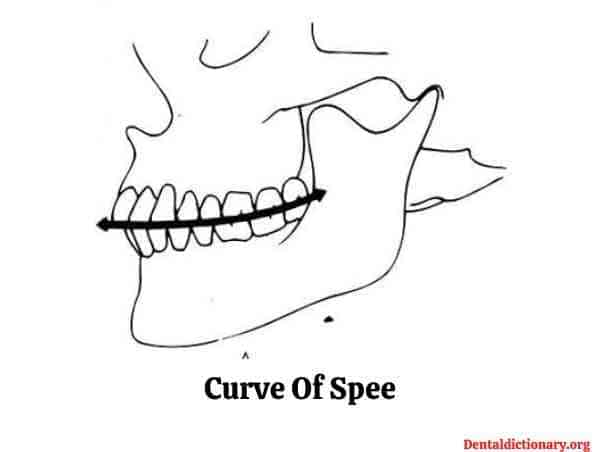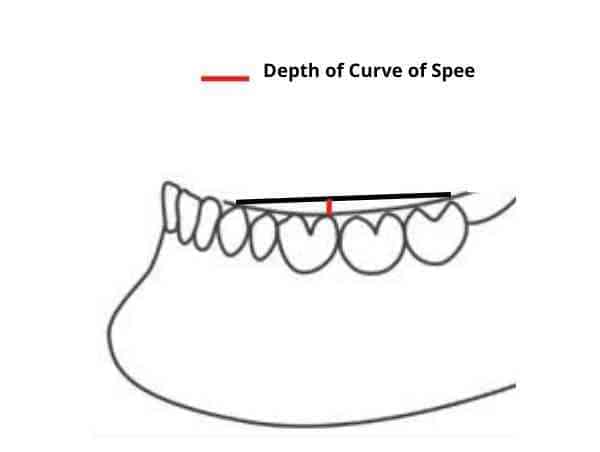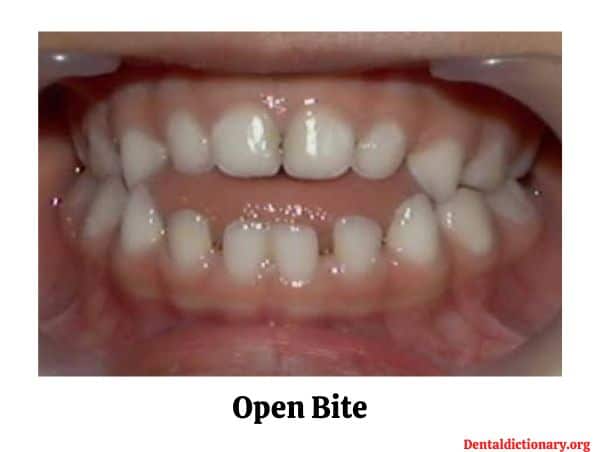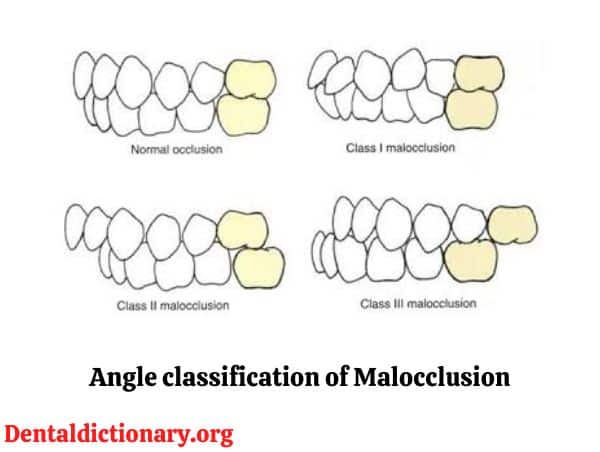Curve of Spee in Orthodontics
Curve of Spee is an important term in Orthodontics. It was described by F. Graf von Spee in 1890. It is the curvature of occluding surface of the teeth in the sagittal plane.

The Curve of Spee is measured by passing an line from the Cuspal tips of the lower Canines to the Cuspal tips of Premolars and Molars in the antero-posterior direction. This line is seen in the sagittal plane and forms a curve which, if extended along the condyle then forms a circle with a diameter of approximately 4 inches.
It results from variations in the axial alignment of the lower teeth.
Importance of Curve of Spee
Curve of Spee is very important to determine the normal occlusion.
- It should be nearly flat and not exceed more than 1.5mm for a normal occlusion.
- Increased curve of spee indicates deep bite and other malocclusion.
- Excessive Curve of Spee also imbalances the masticatory forces on the teeth.
How to measure Curve of Spee on cast
To measure the curve of spee on cast, follow the steps given below:

- Draw a straight line from the cuspal tip of the Canine to the cuspal tip of the last molar in the mandibular jaw.
- Measure the deep cusp height from the straight line as shown above.
- This deepest cuspal depth is the depth of the Curve of Spee.
I hope you have got your answers, If you still have any doubt in this topic then ask us out.


